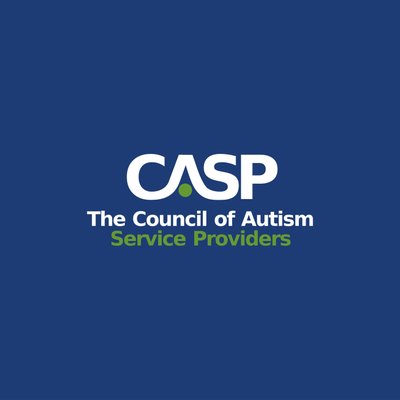Do You Need an Autism Diagnosis to Qualify for ABA Therapy?

When it comes to autism therapies, ABA therapy is one of the most common and well-known. But do you need an autism diagnosis to qualify for ABA therapy? In this article, we will explore that question and give you some information on ABA therapy and autism. Keep reading for more information! What is ABA therapy? […]
The Benefits of Assistive Technologies For Those With Autism

Technology has been a huge help to those living with autism. From assistive technologies that help them communicate, to apps that keep them organized. In this article, we will discuss the benefits of technology when it comes to assisting those with autism. We will also look at some of the most popular technologies and how […]
Can ABA Therapy Cure Autism?

Unfortunately, ABA therapy is not a cure for autism. However, there are therapies that can help your autistic child improve their intrapersonal and life skills. One of these therapies is ABA therapy. ABA therapy is an evidence based therapy that can be an effective way to help children with autism reach their full potential. In […]
Can ABA Therapy be Done Virtually?

If you are wondering how ABA therapy can work over a virtual medium, then you have come to the right place! Here, we will give you the information you need to make an informed choice about whether virtual ABA therapy is right for your situation. What is ABA Therapy? ABA stands for applied behavior analysis […]
ABA Therapy for Autism: Pros and Cons

What is ABA Therapy? Applied behavior analysis is a form of treatment for the developmental disorder ASD, also known as autism spectrum disorder or autism. ABA is a form of therapy that helps to create new behavioral patterns by rewarding the desired behaviors through reinforcement thereby helping the patient to create a new life and […]
Why is ABA Important?
If you have an autistic son or daughter, you probably heard about ABA therapy. This article was written to give you an overview of what the therapeutic method entails, explain how it can help your child attain their goals, and highlight its importance to their short and long-term well-being. What is ABA therapy? ABA, which […]
Where to Study ABA Therapy

Are you considering ABA therapy as a career path? If so, you’re in the right place. Keep reading this article to familiarize yourself with the requirements for becoming a professional ABA therapist, what your job duties may entail, how much you can expect to get paid, and more. What is ABA therapy? Applied behavior analysis […]
Who Qualifies for ABA Therapy

Applied Behavior Analysis (ABA) therapy is a widely recognized treatment for autism spectrum disorder. But did you know that people without an autism diagnosis can also benefit from this form of therapy? Continue reading to learn more about how ABA works and what other conditions it can treat. What Is ABA Therapy? ABA is short […]
When to Start ABA Therapy

Being a parent of an autistic child is difficult. One question that you will grapple with is the different therapies available for your child and the proper time to start them. The answer to this question depends on a number of factors, including your child’s age and level of development. In this article, we will […]
How did ABA Therapy Start?

ABA therapy is a widely used approach to treating autism and other developmental disorders. But how did this approach come about? Who developed it and what was their original vision? In this blog post, we will explore the origins of ABA therapy and discuss how it has evolved over the years. We will also look […]


